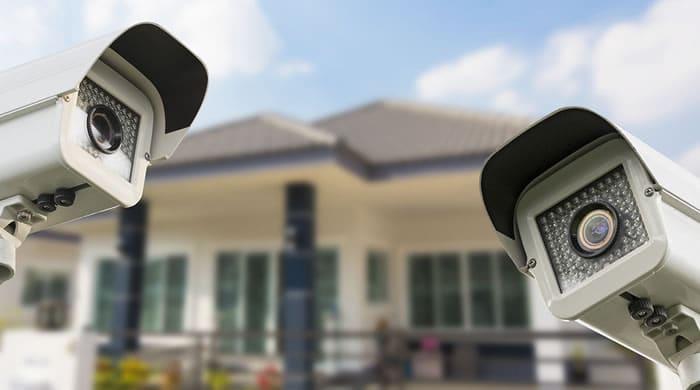The Top Performance Tips for Building a Fast and Quiet Digital Audio Computer
When building a digital audio workstation DAW, performance and silence are paramount. The first step is choosing the right CPU. A powerful multi-core processor is essential because most modern digital audio software benefits significantly from parallel processing. When selecting a CPU, prioritize high core counts and strong single-thread performance to handle real-time audio processing and virtual instruments efficiently. However, power also brings heat, so balancing performance with thermal output is crucial to maintain a quiet environment during extended sessions. Next, memory plays a vital role in DAW performance. Opt for at least 32GB of high-speed RAM if your projects use numerous virtual instruments or large sample libraries. Audio software loads these samples into RAM, and having enough memory ensures smooth playback and quick loading times. Avoid mixing and matching RAM sticks of different sizes or speeds, as uniformity ensures greater stability. Also, consider memory with low latency to speed up data access, which can contribute to snappier overall performance when working with complex projects.
Storage is another important consideration. Use solid-state drives SSDs for your operating system, DAW software, and sample libraries. SSDs provide fast read/write speeds, reducing project load times and ensuring seamless streaming of audio samples. For best results, separate your OS, audio projects, and sample libraries across multiple SSDs. This reduces data bottlenecks and improves reliability. Avoid traditional hard drives for anything other than long-term storage, as their slower speeds and mechanical parts can hinder performance and add noise. The choice of cooling components heavily influences system noise. Opt for large, high-quality case fans and CPU coolers that are designed for quiet operation. Larger fans can spin at lower speeds while still moving a significant amount of air, keeping your system cool without generating excess noise. For even quieter setups, consider fanless or liquid cooling solutions. Proper airflow and cable management inside the case also help maintain lower temperatures, reducing the need for high fan speeds.
Power supply units PSUs are often overlooked, but they play a significant role in noise and performance. Select a PSU with high efficiency and quiet operation. Look for units with a semi-passive or fully passive cooling mode, where the fan only activates under heavy load. This keeps the system nearly silent during typical Audio PC work. Additionally, make sure the PSU provides enough headroom for your components to avoid power limitations during peak workloads. the case design can influence both noise and airflow. Choose a case that offers sound-dampening materials and good ventilation. Some cases are built specifically with acoustic insulation in mind, helping to suppress the noise from internal components. Make sure the case allows for sufficient airflow to all components without restricting fan performance. Thoughtful case selection ties all other components together, completing a DAW that is both powerful and whisper-quiet.



